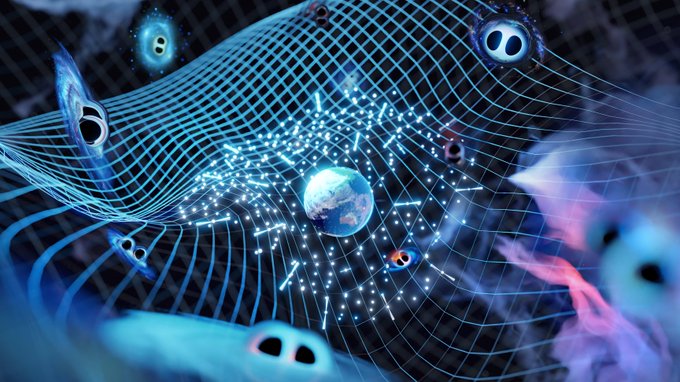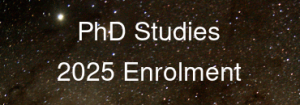New era in the history of gravitational wave astronomy
Today marks the beginning of a new era in the history of gravitational wave astronomy. Four groups studying pulsar timing have announced the results of their analysis of pulsar observations spanning the past few decades. Simultaneously, there have been announcements from the Parkes Pulsar Timing Array, European Pulsar Timing Array, NanoGrav in North America, and the Indian Pulsar Timing Array.
These observations demonstrate the existence of signals consistent with the presence of gravitational wave backgrounds ranging from 10-9 to 10-7.5 Hz. The source of these signals could be massive binary black hole systems in merging galaxies throughout the Universe, but there is also the possibility that these waves originate from phenomena occurring in the early Universe, such as phase transitions, inflation, or collisions of topological defects.

Gravitational wave astronomy is now entering an era of multi-frequency investigations, ranging from the 10^-8 Hz band observed through pulsar timing to the 102-103 Hz band observed through interferometers like Virgo and LIGO.
One of the participants in the observations of the Parkes Pulsar Timing Array in Australia is Ms. Małgorzata Curyło, a Ph.D. student at the Astronomical Observatory of the University of Warsaw.




